Cruising through the central Victorian countryside, on the Sydney-Melbourne Heritage Route, a powerhouse of creative excellence heralded my arrival into the sublime tourist honey-pot of Bendigo. Roadside on the Midland Highway, Bendigo Pottery is Australia’s oldest working pottery, first established in 1858 by a Scottish settler who was lured Down Under by the Victorian gold rush.
George Guthrie stumbled upon a clay deposit ideally suited for ceramics production, transforming his lucky find into a business that rivalled the grand potteries of 19th century England. The population boom stemming from the gold rush fuelled demand for all kinds of locally manufactured goods, from commercial packaging to utility kitchenwares, which Bendigo Pottery produced.
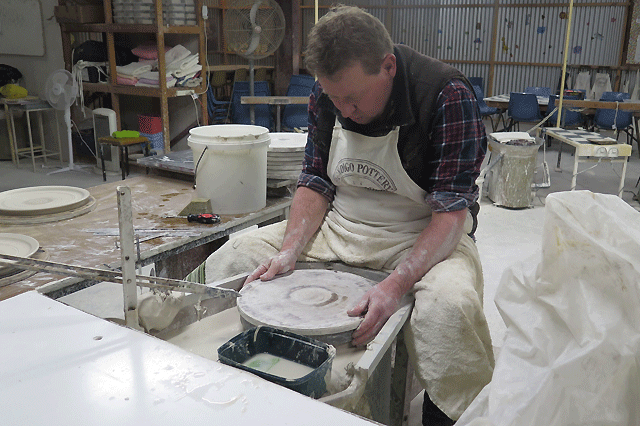
Over the decades, fortunes waxed and waned, as the rise of plastics and cheap imported ceramics beared down, but a revival of the pottery was unleashed in the 1970s, and remains in renaissance-mode, under the current direction of Rod and Sally Thomson.
Warmly greeted by Sally, she walked me through the superb on-site interpretative museum that they have developed. The heritage-listed dome-shaped wood fired kilns are a stirring and colossal sight, not dissimilar to a miniature version of walking inside the grandeur of Rome’s Pantheon, complete with a sky-opening occulus.
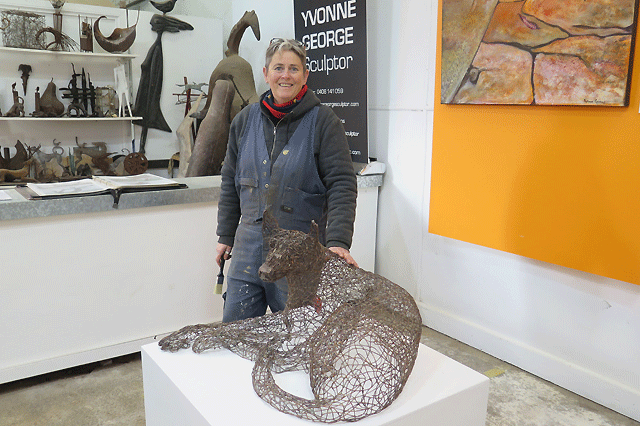
Humming with activity, the pottery produces magnificent ranges of ceramic tableware and decorative art, which you can snap up at factory prices. There’s frequent hand throwing by potters and wheel throwing lessons. Then there’s the antique centre, a cornucopia of 30 stalls brimming with vintage and retro homewares and art pieces, spanning the ages. You could spend all day rummaging through this trove of treats until your heart’s content.
Sally also whisked me through the sweep of artist studios, where you can meet and chat with a delightful cluster of creative types, while admiring their freshly crafted pieces. There’s a Kiwi in their midst – Yvonne George, a magnificent sculptor who creates inspirational works from a variety of materials, including steel and copper. I fell in love with a beautifully sculpted dog, crafted out of wire mesh, taking pride of place in her gallery.
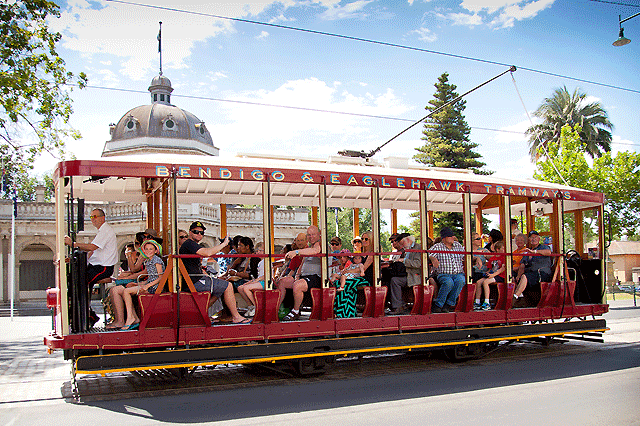
Heading into town, enjoy a deliciously blended experience of old and new at Rocks on Rosalind. You can bank on it! This destination restaurant is housed in the heritage-listed National Bank building, offering an inventive grazing menu underpinned by international influences and correct classics. Beautifully furnished and embracing the building’s storied bones, including the old vault, it’s the complete package. Gain some bar smarts while you’re there and sign up to the cocktail masterclass. www.rocksonrosalind.com

My roost for the night was Quest Schaller Hotel. This dynamic art-boutique accommodation experience is a colourfully accented eye-grabber. Named in honour of one Australia’s most distinguished artists, Mark Schaller, the hotel’s 120 art inspired rooms and large communal spaces are strikingly uplifting.
Not only are your immersed in Mark’s original artworks, you can unleash your own creative juices with the paintbrush with the master himself and in the art classes. Buzzing with an eclectic, convivial and sociable vibe, on-site parking, a gm and café are all part of the picture. A stand-out experience.

After a restorative night’s sleep wrapped in art, Glenn Harvey from Bendigo Tourism joined me for breakfast at Percy and Percy in Hargreaves St. This fiendishly popular “local” began life nearly a century ago as Percy Watt’s grocery store in the 1920s. It then morphed into a milk bar under the direction of Percy Forbes, serving locals until the mid 1980s.
For the past six years, this corner-store turned café has been a labour of love for Elisha and Dan, who have integrated elements of its back-story into their modern-day offering. Beautifully styled breakfasts and brunches, carefully crafted coffee and top quality local produce have cemented Percy and Percy’s smash-hit reputation. My smashed avocado was deliriously divine. www.percyandpercy.com.au
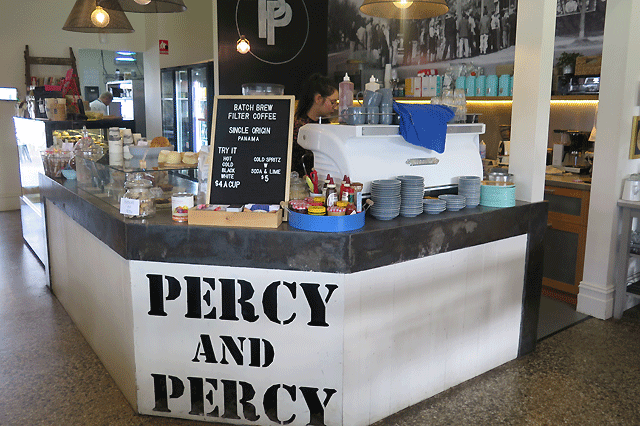
Heading into the historic heart of the city, there’s no denying what a strollable treasure-chest Bendigo presents. Glenn led me on a relaxed walk through this most elegant regional city, as we basked in the splendour, character and grace of her golden heritage and glorious gardens.
Tootling through Rosalind Gardens, named after Rosalind from Shakespeare’s As You Like It, Glenn remarked that you can occasionally notice a whiff of sulphur wafting from around Bendigo Creek, a residual calling-card of the city’s goldmining legacy and the rising groundwater. The goldrush morphed this little valley into a jumble of shallow shafts, mullock heaps and puddling mills, before it was verdantly transformed into Rosalind Park.
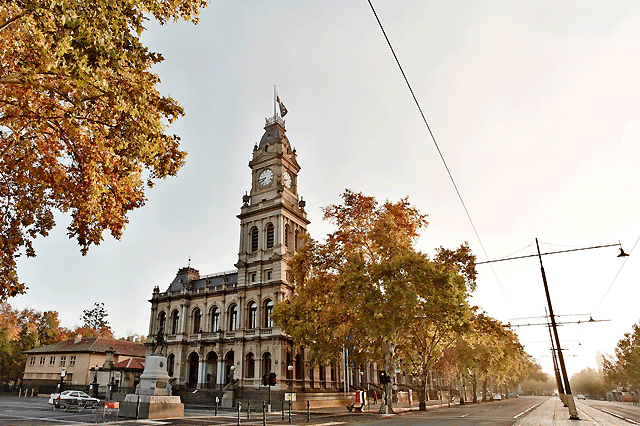
While many of Bendigo’s mines have since been capped or filled in over the years, there are still regular instances of the ground opening up in the most unlikely places, such as people’s driveways and backyards. The rich alluvial finds initially attracted tens of thousands of fortune-seekers in the 1850s, but it took less than three years before declining amounts of surface gold led miners to follow the quartz reefs underground.
More than 5,000 registered mines formed the goldfield, 5000 shafts were sunk, with the largest concentration of deep shafts anywhere in the world. In today’s dollar terms, over $30 billion of gold was extracted from 1851 to 1954.
By the 1870s, the tent town of Bendigo had turned into a grand gold city of architectural bling.
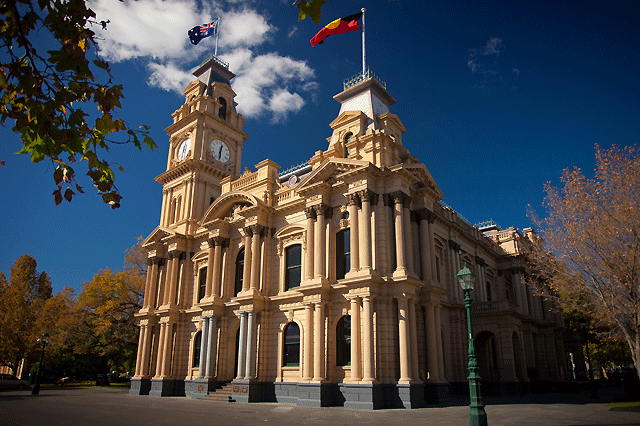
Governments, banks and miners sunk their riches back into the town, with architects given free rein to flaunt their flamboyance and skill in sandstone, bluestone and granite. In the 1880s, Bendigo was considered the richest city in the world. Descending from the park into Pall Mall, just like the Monopoly board, I was enthralled by the prime real estate, Bendigo’s glittering sweep of outrageously sumptuous architecture. Sydney Myer, of Myer department store fame, founded his emporium from a street cart he used to take from door to door in Bendigo.
The former Post Office is now home to the Bendigo Visitor Centre, a French Renaissance-style blockbuster, clad in sculpted lions and gargoyles. Designed to be ogled from all angles, it’s soaring clock tower houses Bendigo’s version Big Ben. Glenn shared with me a quirky nugget of history. When the acclaimed opera singer, Nellie Melba, was staying across the road at Hotel Shamrock, the chiming of the bells every fifteen minutes kept her awake, so in a bid to allow the diva to rest, the chimes fell silent. Ever since, the bells stop ringing at 11pm.
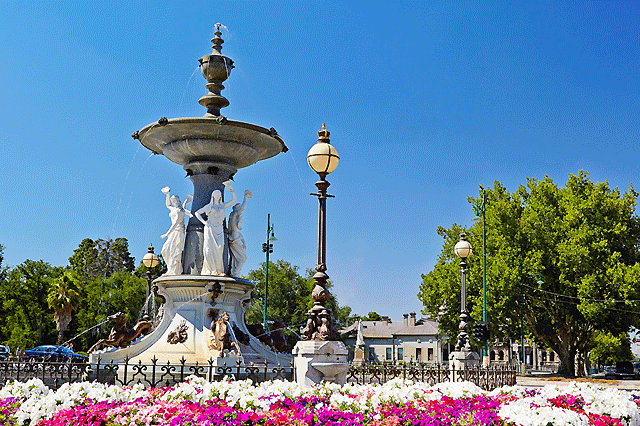
Also in Pall Mall, the law court’s bluestone podiums hide a basement where goldfields prisoners awaited their fate. Basalt and cast iron fences allowed light, air and a whiff of freedom to tease them. Bendigo Town Hall is another heart-stealer. Fresh from decorating Denmark’s royal palace, German artist Otto Waschatz lavishly adorned Bendigo’s Town Hall interior with mythical figures and rich gold leaf. Outside, muscular “Atlas” sculptures support the clock’s weight.
The Golden Dragon Museum and Dai Gum San Precinct honours the significance of Chinese people on the goldfields. Incorporating Bendigo’s original Chinatown, the museum illustrates the gruelling conditions the early Chinese had to contend with, plus you can meet the world’s longest imperial dragon, Sun Loong.
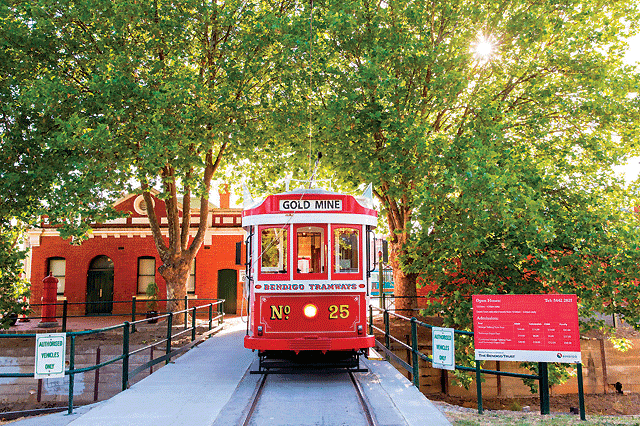
Another winning way to admire the wide streetscapes and showpiece architecture of Bendigo is to board a Vintage Talking Tram. Operated by Bendigo Tramways, my tram regaled me with entertaining stories about the city’s dramatic rise on the back of the world’s richest goldfields. This hop-on, hop-off tour stops throughout the city allowing you to explore many of Bendigo’s finest features along the way.
You can also take a self-guided tour of Australia’s oldest operating tram depot, thronging with heritage trams with their own distinctive stories. Trams from all over Australia, including Melbourne’s City Circle trams, are all restored to their former glory, at this venerable depot.

Another huge highlight was my visit to the Ulumbarra Theatre, which has been ingeniously integrated with the former Sandhurst Gaol. During the restoration and construction project of the theatre, workers discovered a secret underground tunnel that was once used to transport prisoners. Several inmates were hanged for murder within this austere Victorian-style prison, which was finally decommissioned in 2006.
It’s a remarkably compelling way to enter a theatre, walking the corridor right through one of the main wings of an archaic prison, flanked by dozens of austere cells. Paved in bluestone, the sound of your footsteps reverberates throughout the wing -an evocative reminder of its previous life. Many original elements of the prison remain including the gaol’s gallows, a trap-doored platform between the two walkways in the upper tier.
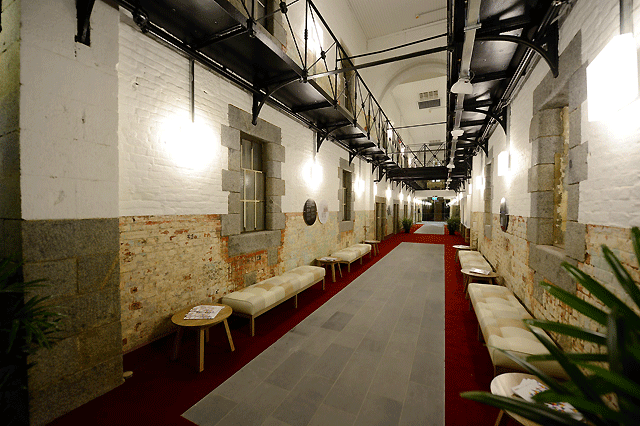
The box office is very close to where inmates were executed. They were buried on-site, upright so their souls would never no rest. Glass ceilings thoughtfully meld the old with the new. The 1000-seater theatre, which opened three years ago, is a superlative venue and has endowed Bendigo with one of regional Australia’s biggest performing art centres.
Glenn also led me to the Bendigo Art Gallery, another towering triumph of creative verve, with spectacular collections of venerable art, alongside some traffic-stopping contemporary exhibitions. You may recall that several years ago, the gallery curated and staged a Marilyn Monroe exhibition which was the talk of Australasia. Just about to finish up is an edgy and provocative exhibition of works by Myuran Sukumaran, of Bali Nine notoriety.
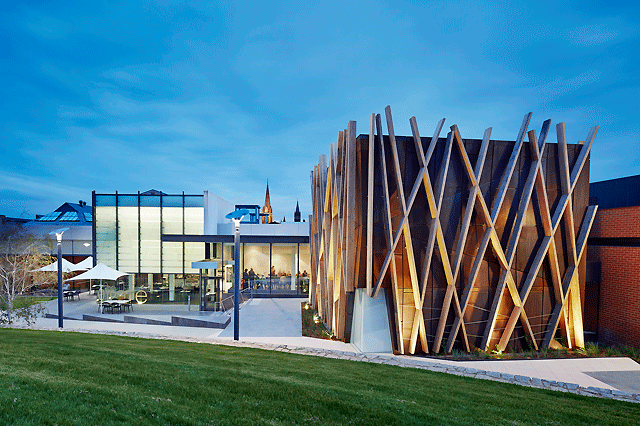
It presents the significant body of work produced by the convicted drug smuggler while he awaited his execution in Bali’s Kerobokan Prison.
Feeling rather heady after such intense art immersion, we were ready for lunch and headed to one of Bendigo’s most decorated darlings of dining. Mason’s of Bendigo is a runaway hospitality rock star, constantly scooping awards – and rightly so.
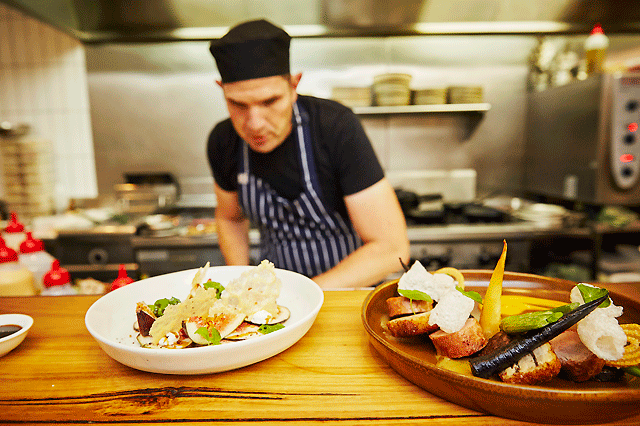
This all-day eatery, wine bar and pantry store brings passion, zeal and unflinching finesse to its paddock-to-plate ethos, showcasing global flavours through local suppliers and snap-fresh produce. Whether you’re after share bite-sized servings or more substantial plates, Mason’s contemporary seasonal menu positively sings, paired with a supreme selection of local wines, beer and cider.
Under the command of Nick and Sonia Anthony, this charismatic and entrepreneurial couple have stamped Bendigo’s mark on the foodies map. Every dish is spectacularly prepared and executed, insatiably delicious and unfailingly gorgeous. Food for the eye and taste sensations, all in one. Mason’s is unmissable. www.masonsofbendigo.com.au

Finally, I took a tour down into the depths of the earth at Central Deborah Gold Mine, Bendigo’s last commercial mine to operate. There’s a variety of tours including the Nine Levels of Darkness. This is Australia’s deepest underground mining tour, leading you 228 metres underground. It’s deep, dark, dirty and damn cold. Suitably kitted out in overalls, hard hat and a miner’s lamp, it’s an illuminating insight into the harsh conditions, the damp coldness, the honeycomb of tunnels and the silence underground.
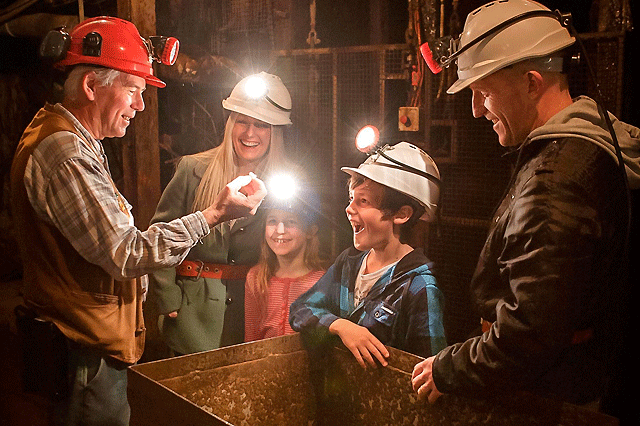
Operating until 1954, nearly one ton of gold was extracted from this shaft mine. Many of the staff and tour guides are the grandchildren and relatives of the original Central Deborah miners. www.central-deborah.com
Tootling around Victoria? The regional tourism website brims with inspiration. www.visitvictoria.com
Take a journey of discovery on the Sydney to Melbourne Heritage Drive. Jump to www.sydneymelbournetouring.com.au
By Mike Yardley. (October 19, 2018)

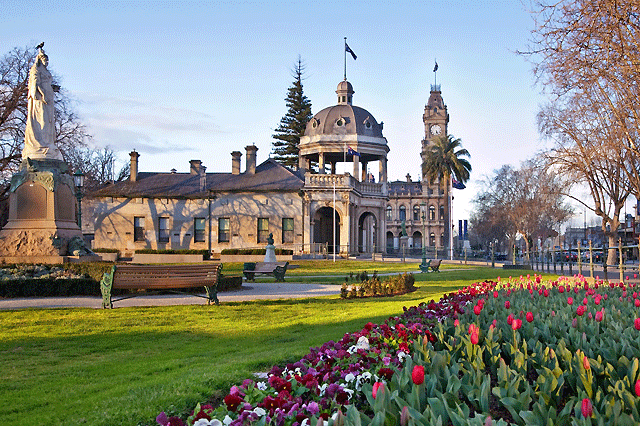
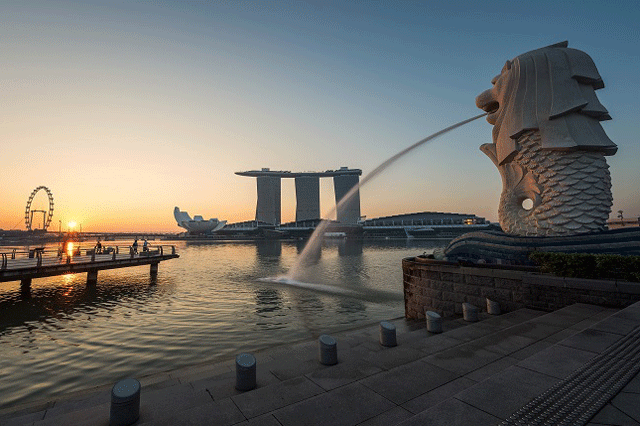
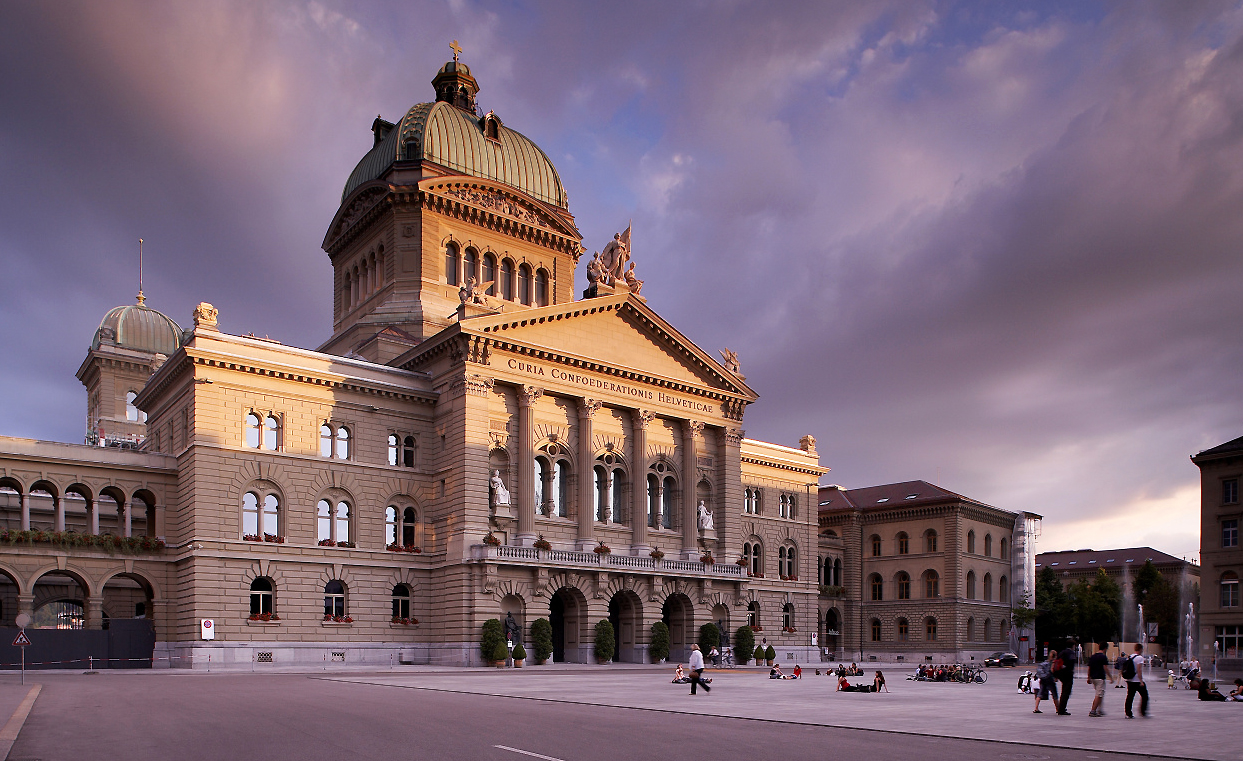
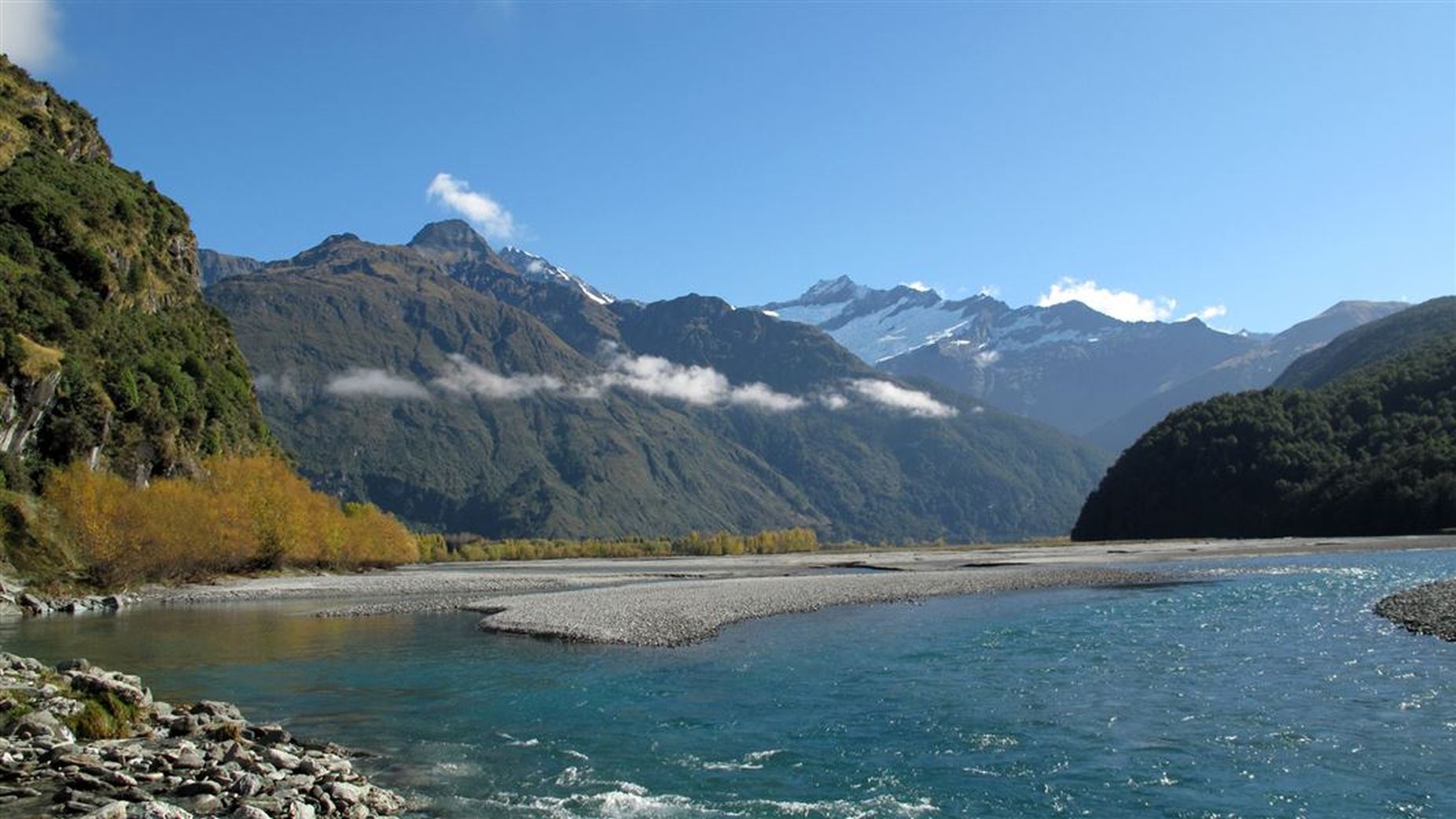
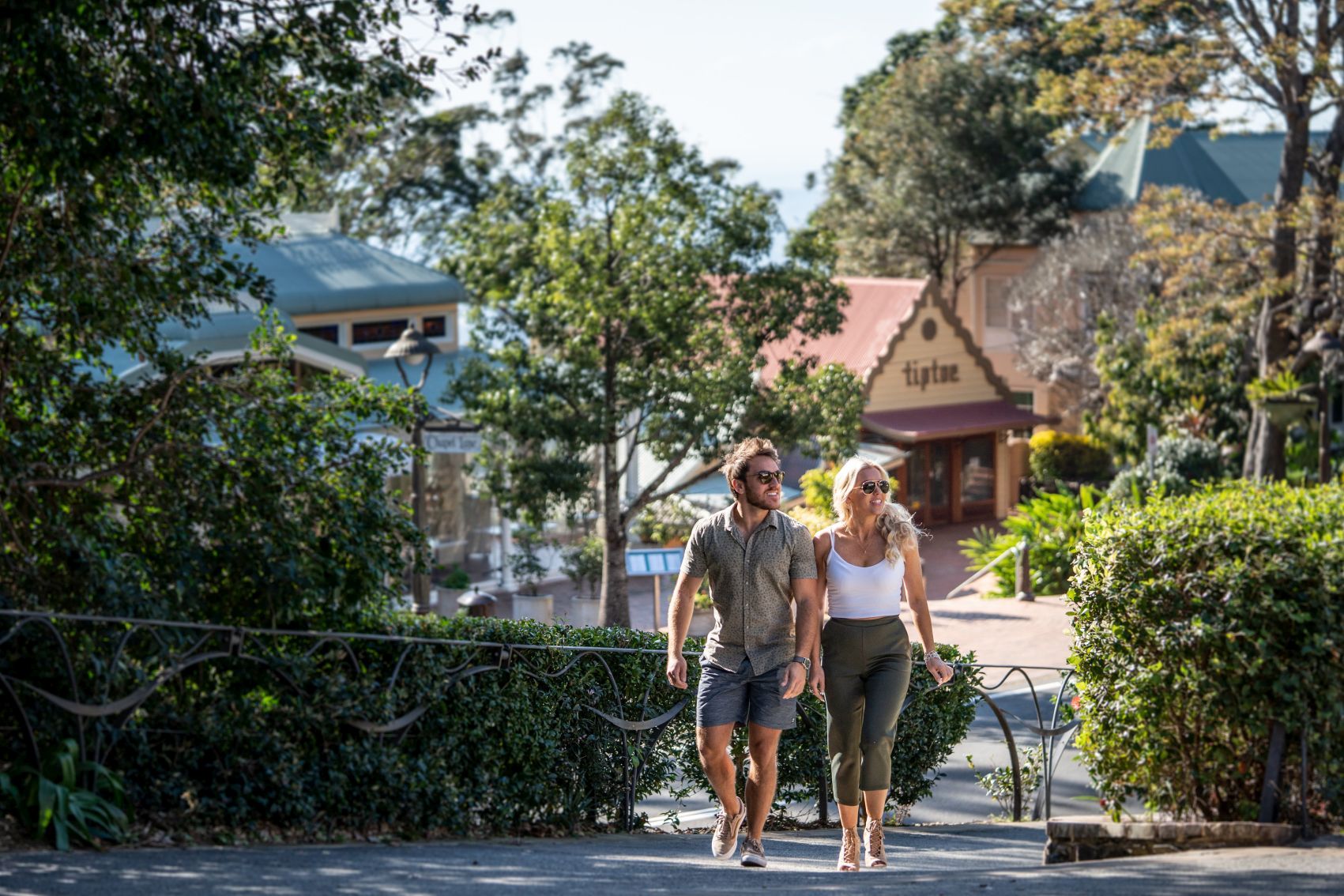

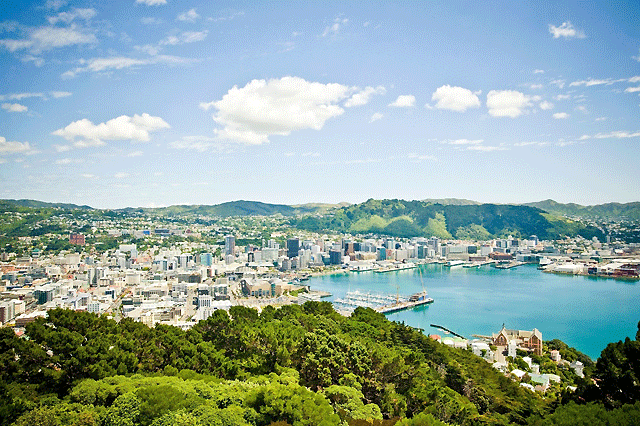

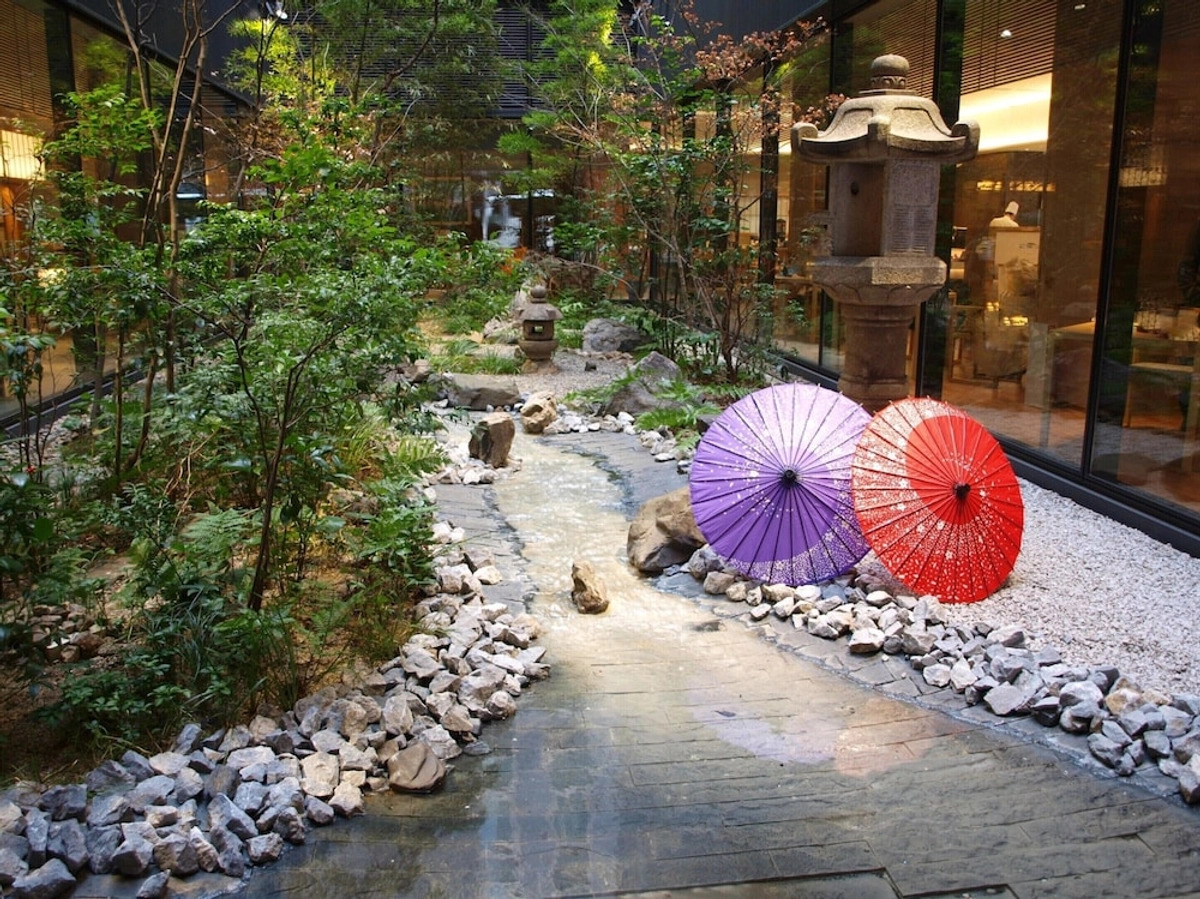



Recent Comments